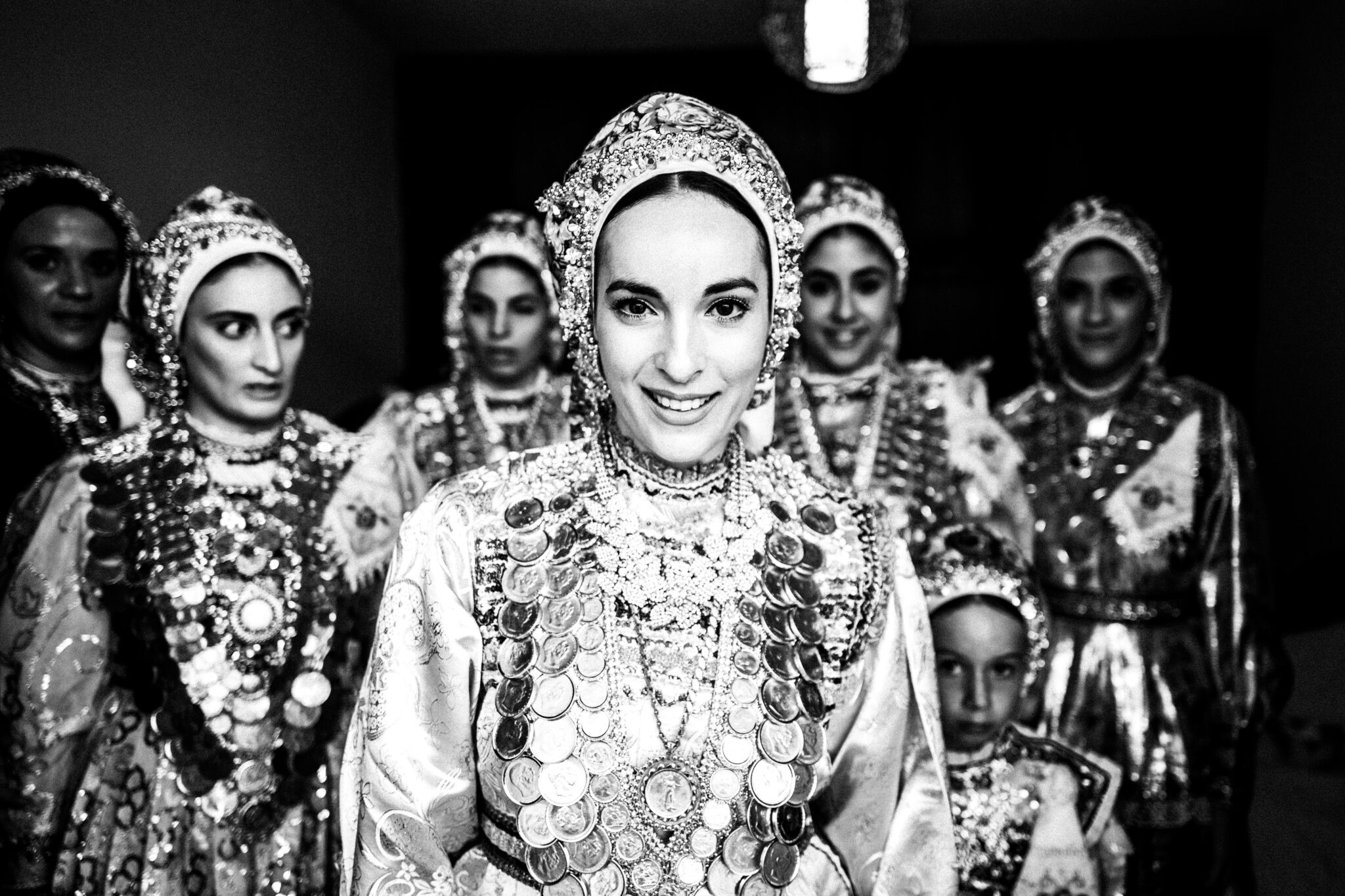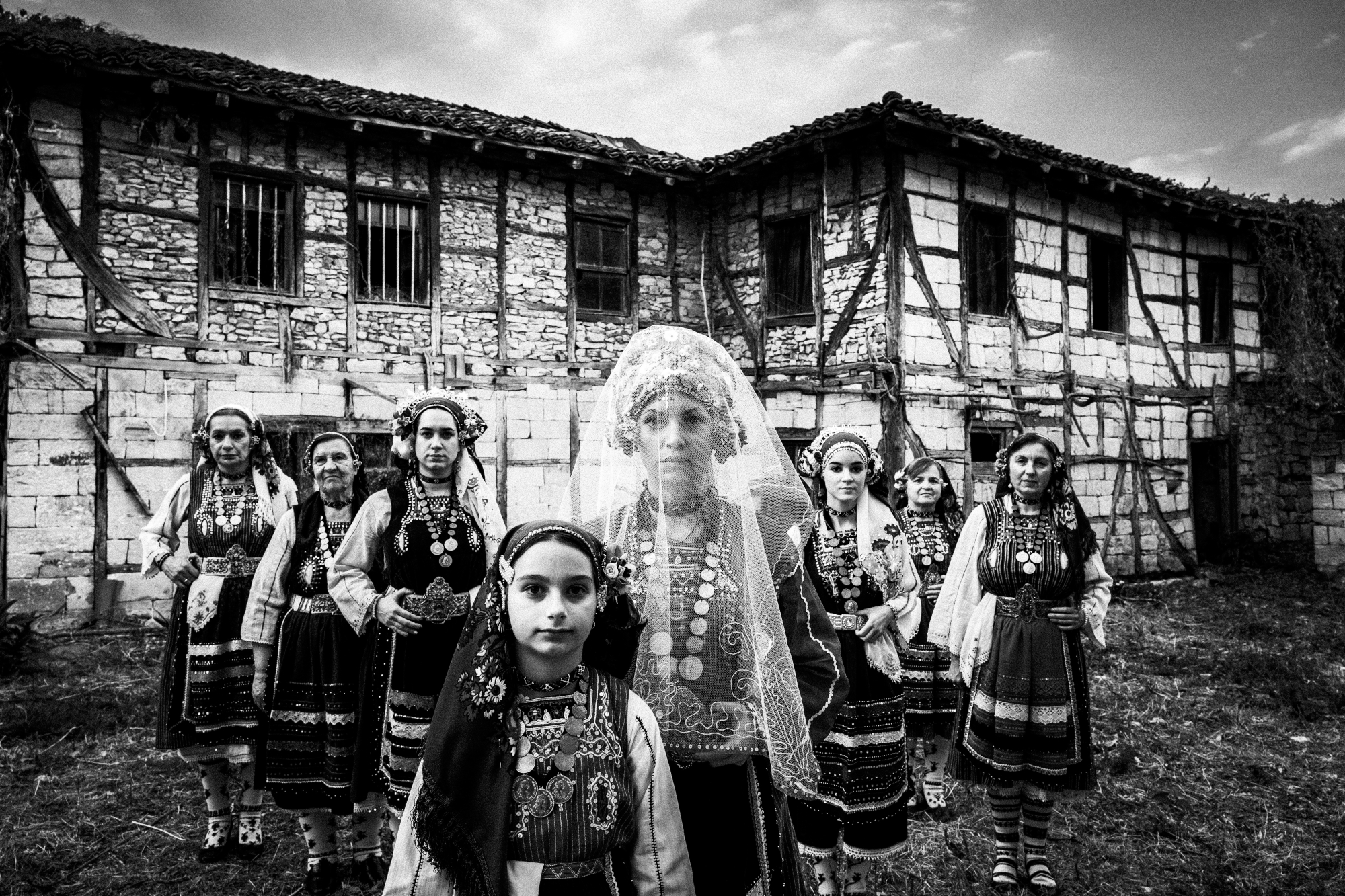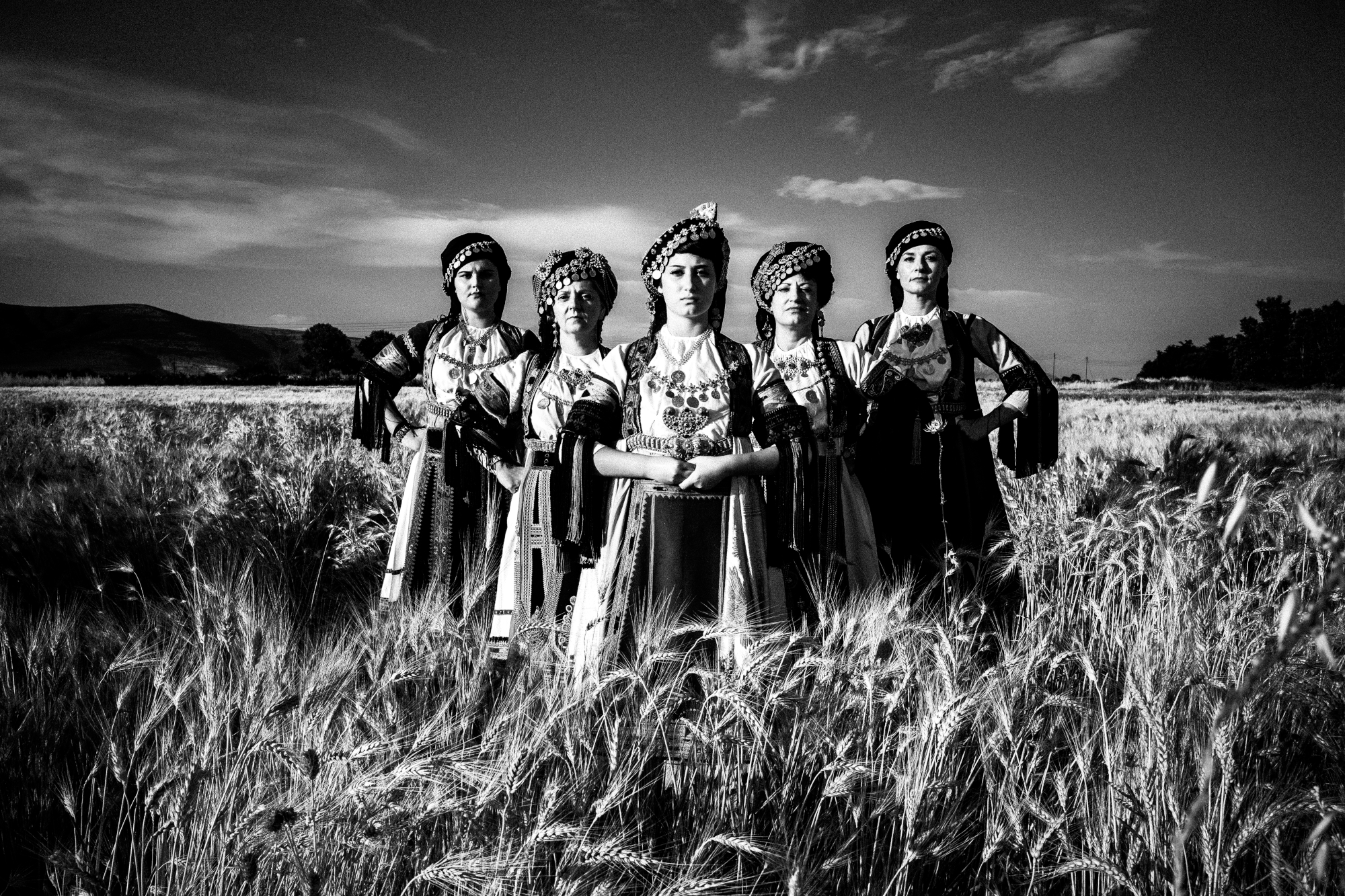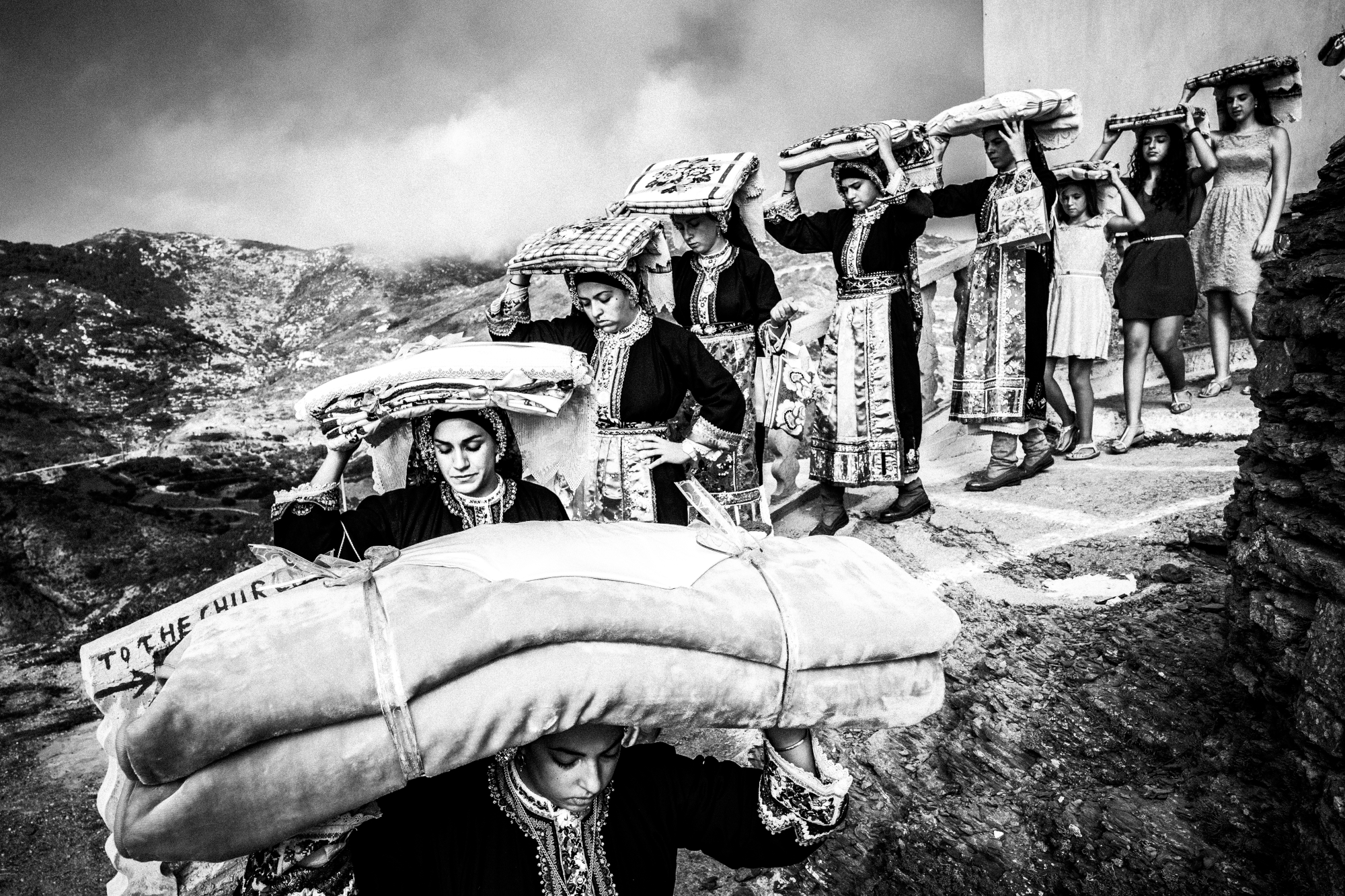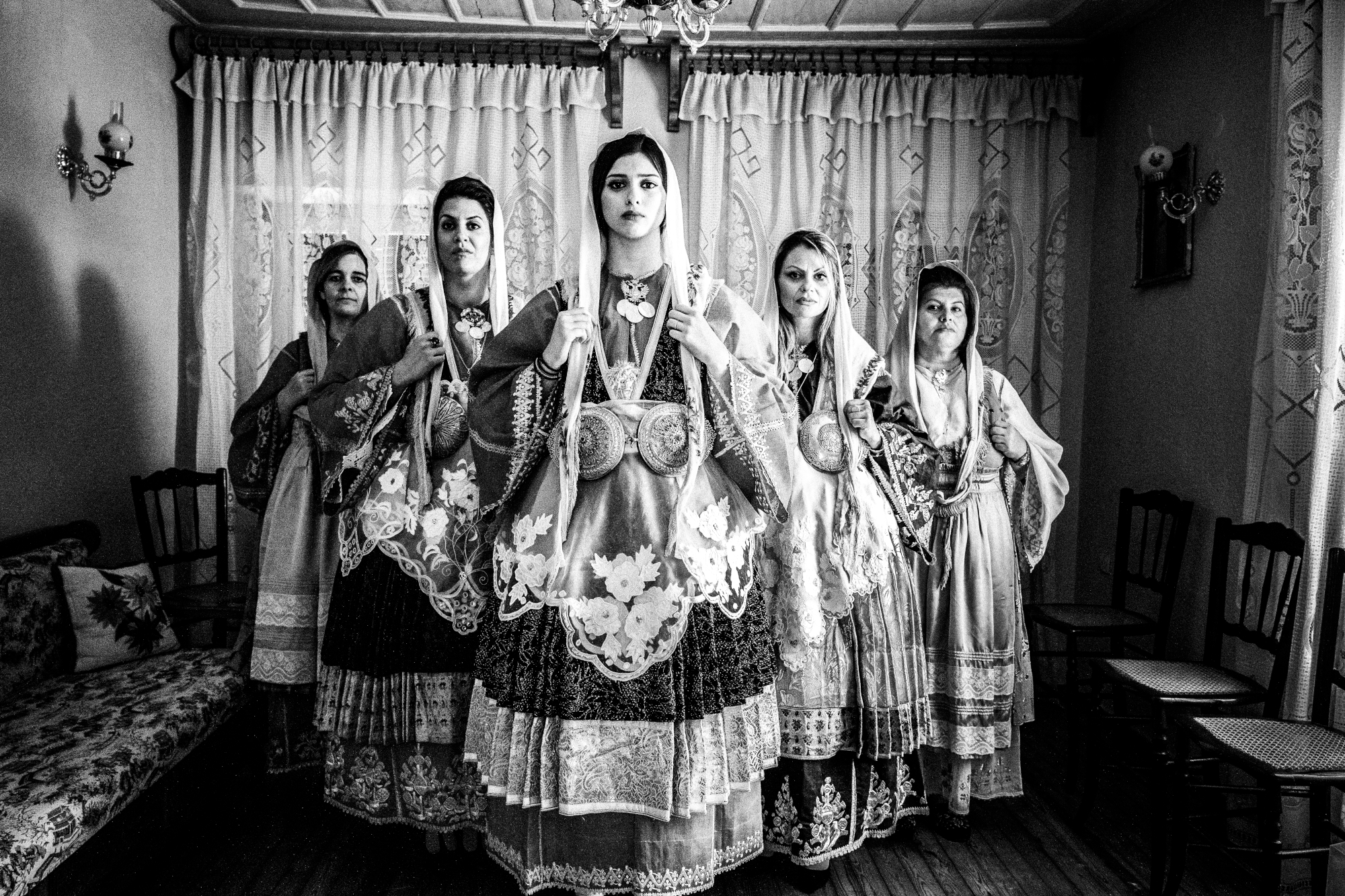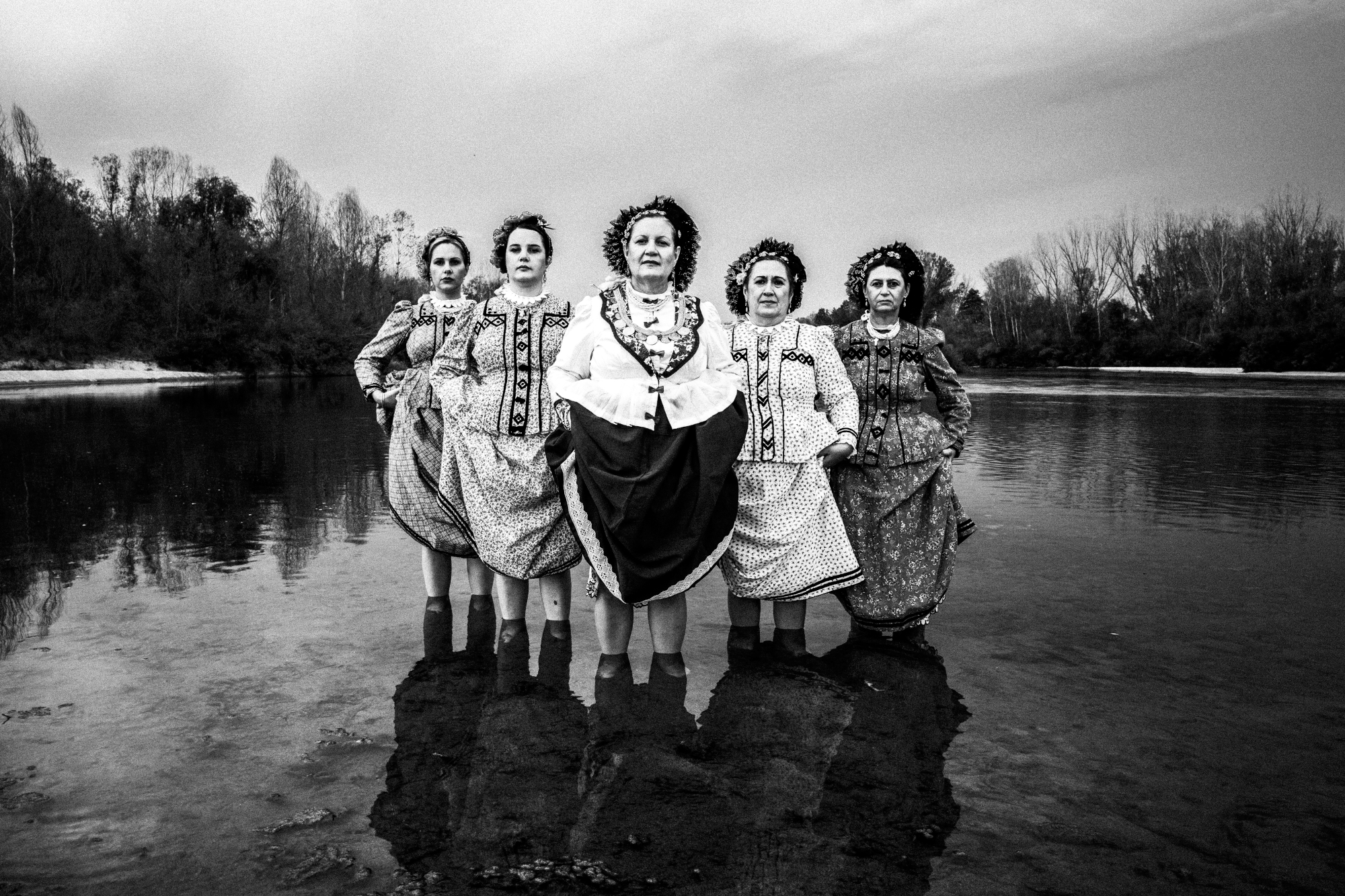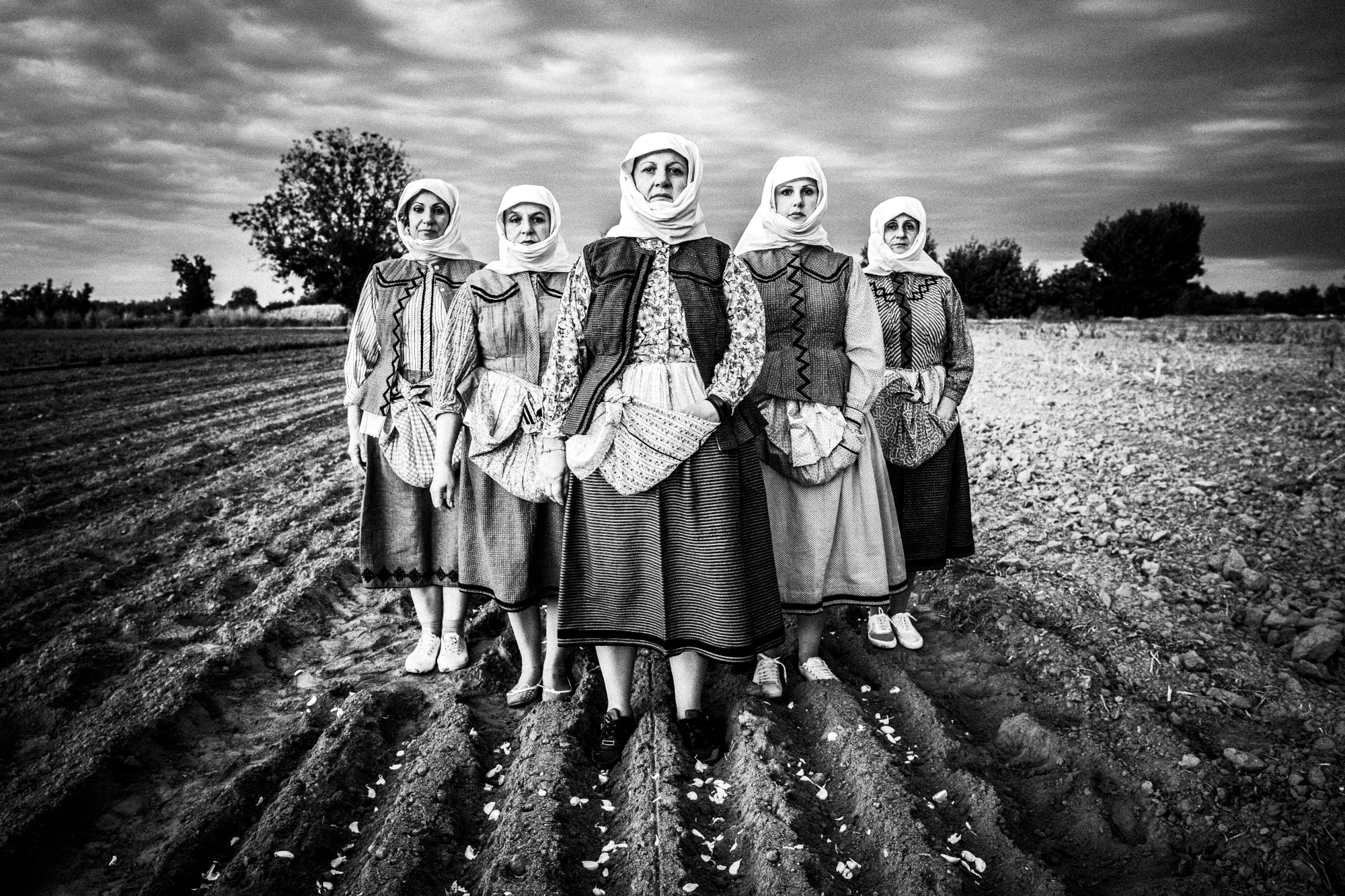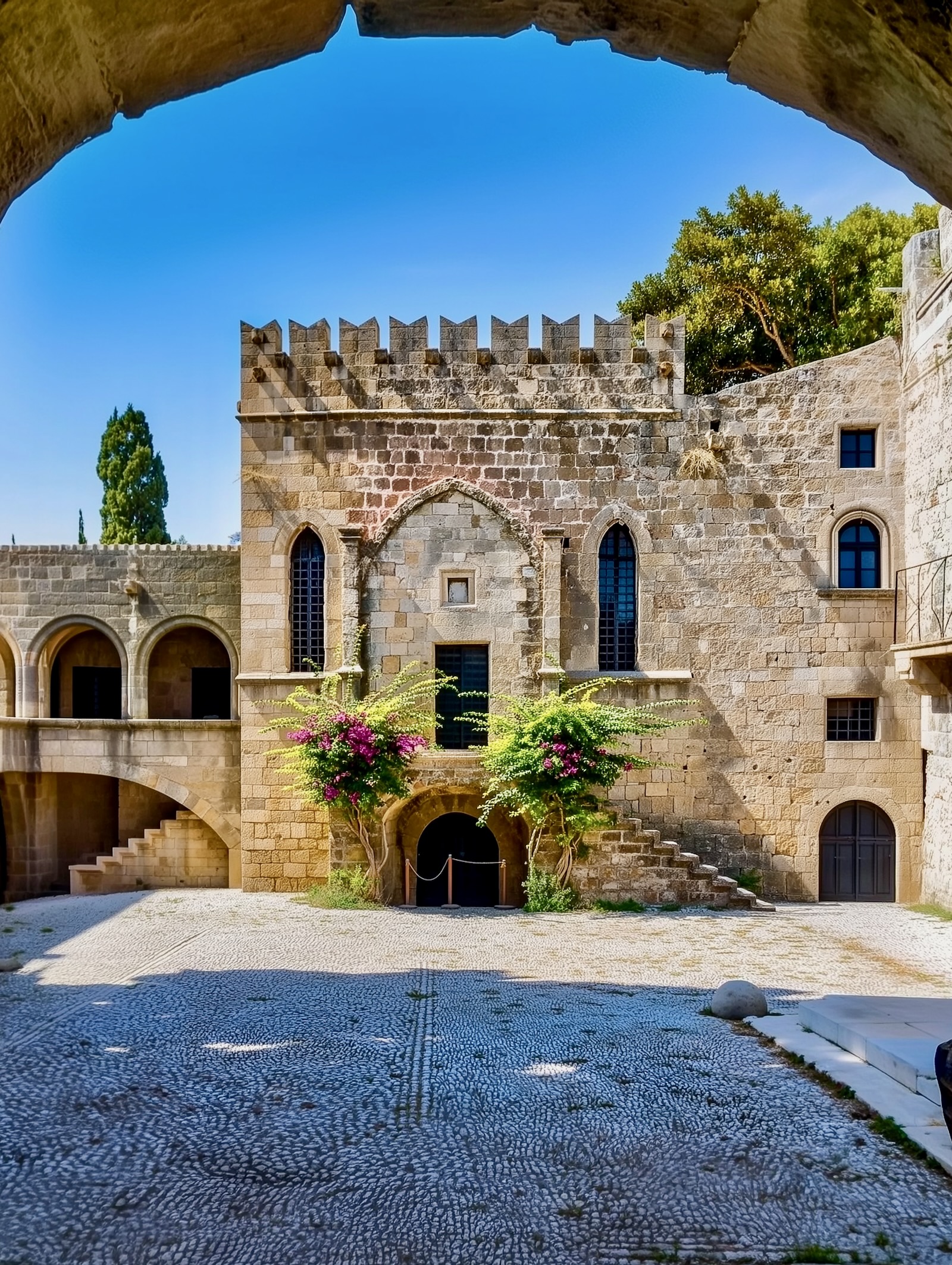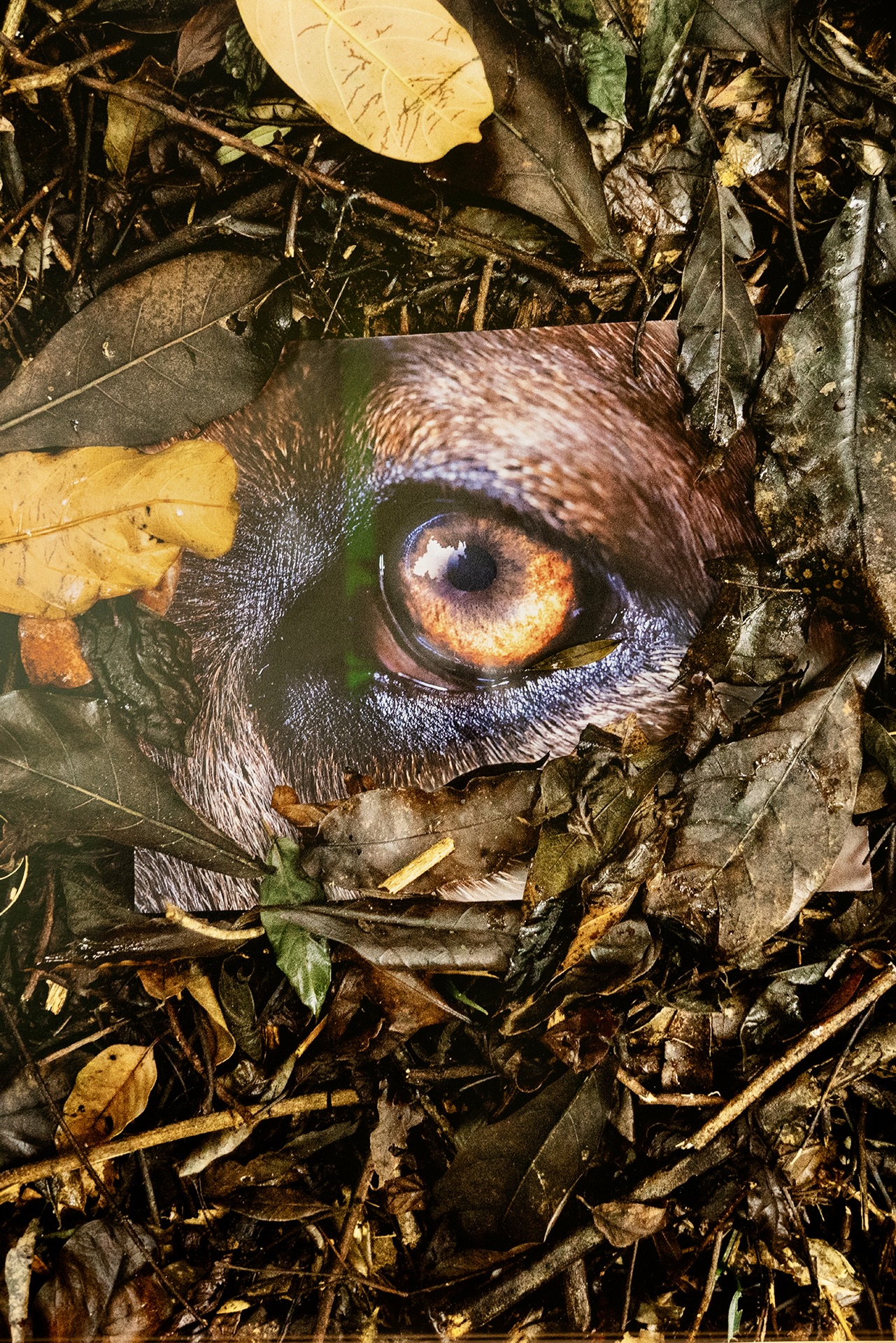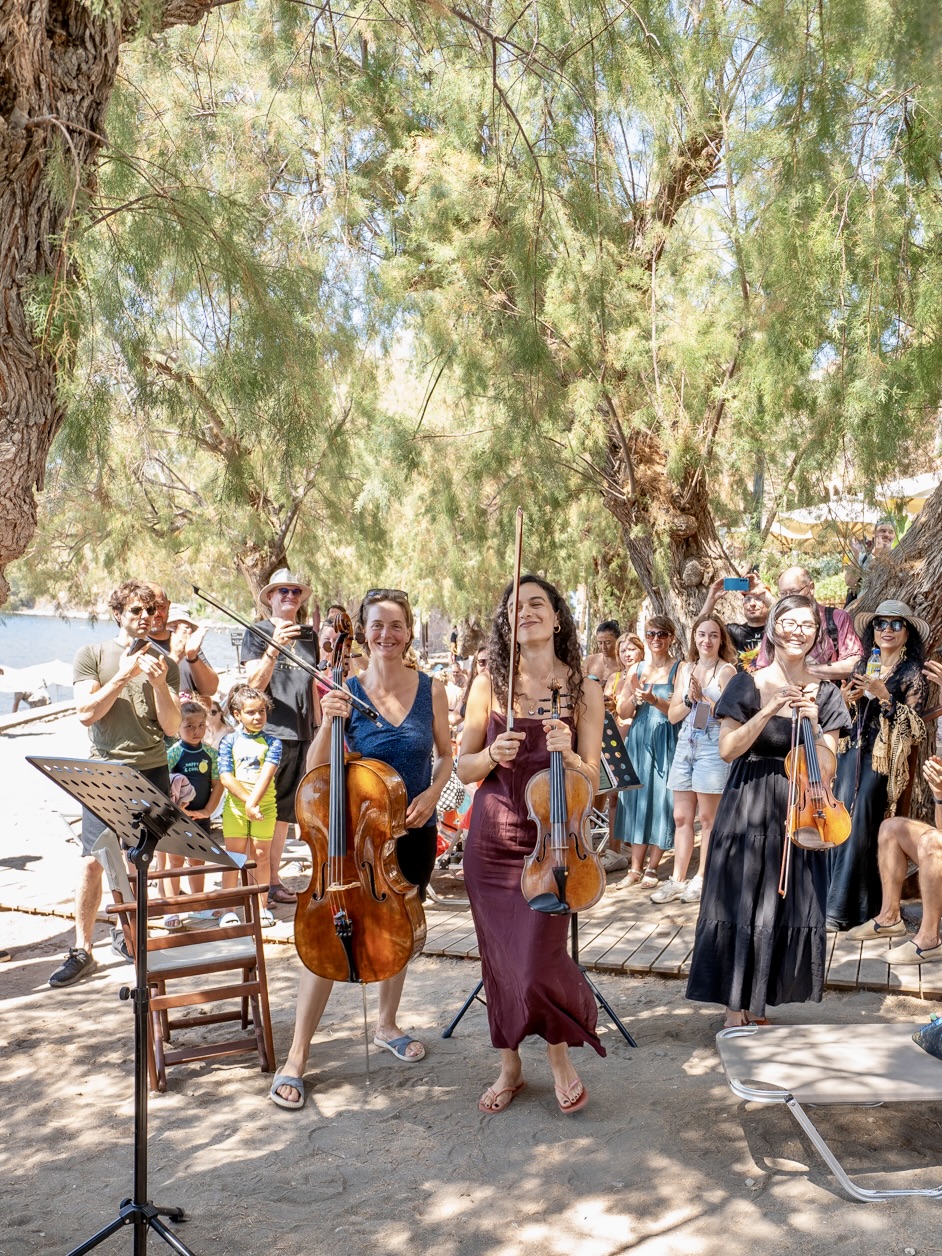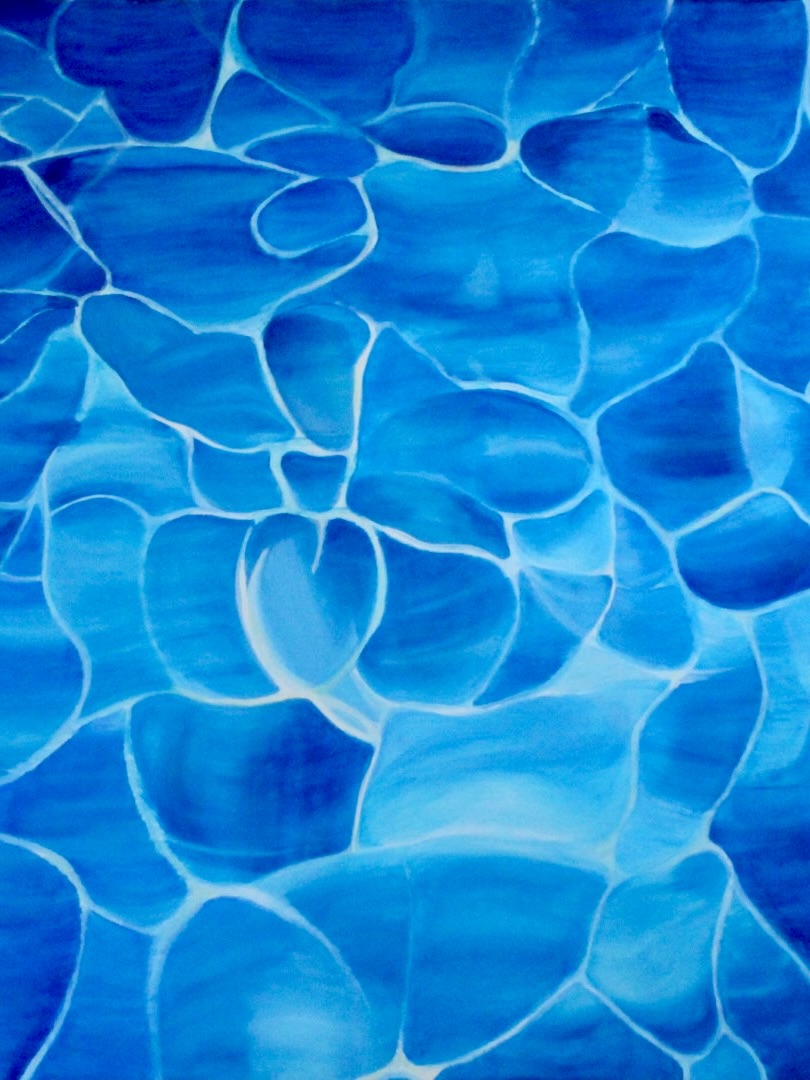Distinctive of a particular area, a social class and an age group, Greek costumes are perhaps the greatest tangible heritage of Greek tradition.
Even as recent as the beginning of the 20th century, women and men from the Greek countryside and the islands still dressed in traditional costumes, at some places very elaborate, at others more simple, always distinct.
Each place has its own pattern; each pattern has different versions. In the Greek countryside where people followed tradition – the urban centres had put away such clothes in trunks for good – each costume delivered a different message. A message about the marital status and the social and economic standing of the person (in this particular case the woman) wearing it. For example, a traditional costume from Thrace had different elements and decorations if it was worn by a married woman than those if it was worn by a girl of a marriage age. In fact, the more closed the local society the more and more pronounced the elements on the costume seem to be, to classify men and women.
Traditional costumes were the daily wear of the people of the countryside, most of whom wore simpler clothes when they worked hard in the fields and with animals. In Greece of the 19th and 20th century, the more elaborate costumes were worn on special occasions. At weddings, celebrations and also at deaths. With the same patterns but different fabrics and decorations. Thick wool felt fabrics, silk, velvet, fabrics that have been hand-sewn and embroidered, combined with belts, elaborate buckles, and long necklaces with golden coins.
This work of art, inspired by tradition, is what photographer George Tatakis has been working on in the past two years, and was the reason The New York Times featured George his work in their article “Exploring Greece’s Unseen Corners”.
George Tatakis studied engineering. He abandoned his doctorate studies to work, and, after around 8 years, he quit his job since he decided that looking at the world through his camera’s lens was what made him happy; capturing moments, faces, places, light. He began fervently reading on the Art of Photography. He studied great photographers and their work, and he’s usually listening to podcasts about the right diaphragm and other technical details. After his extremely successful exhibition “Ethos”, he decided to roam the Greek countryside and capture, in black and white, the traditional women costumes, his “Caryatis”.
“All Greek costumes are interesting” he explains when I visit him at his studio, an elegant space in the Kolonaki neighbourhood, with his favourite photographs hanging on the walls. “I’m attracted to the relationship between the person and the costume. There are some places with very strong ties to their costumes, like the example of the village Olympos in Karpathos, or the Karagouna dresses in Thessaly. In Olympos many young women have more than 40 costumes in their closets. It’s the only place in Greece where they wear their costumes every day, and they tell us that we dress in a European way,” he tells me while describing his experience in this remote but stunning place in Greece.
Looking through the project’s photos I notice that they have something intense. The women, one at a time, or many together, perfectly aligned, look straight into the camera manifesting their identity. “We are our heritage.” So, how did a photographer who loves capturing candid moments manage to create these amazing, staged photos? “It’s connected to a trip I took to London,” he tells me, “since until then I had demonized staged photos in my head. I believed that photographs should always be candid. I found myself in London, representing Greece at the exhibition ‘Another Europe’, and I went to see Alex Prager’s exhibition. I was impressed by the fact that the photographs were very complex and included a lot of people, and everyone was dressed in clothes that perfectly matched the colours in each photo. I wondered how she got these scenes. Was she so lucky? Later on, in the exhibition, there was a documentary showing the backstage of the shoot and I found out that the photographer lives in California, and all of the photos were shot on sets, using actors, impressive wardrobes, stylists, and huge productions. A stage for the photographs. After this, I think staged photos became more canonised for me.”
During his travels what moves him the most is the people. The way they welcome him and make him feel at peace with them. The women who mend their costumes day and night so there won’t be any flaws in the photos. It’s the love he receives, the smiles, before and after each take.
“I collaborate with the National and Kapodistrian University of Athens” he explains when I ask him how he manages to find the right people to guide him. “There are people in the know who recommend people who own proper costumes. Either originals or perfect reproductions. The Karagouna shots, for example, took over a week to complete. To find the women, the right clothes, for the clothes’ maintenance to take place” he concludes. He selects the location for each photoshoot . “I need to go and find the right space with the ideal light” he tells me as we look at a stunning photo of costumes from Thrace on his computer.
George Tatakis’ project, even though quite rich already, has not yet been completed. The photographer will need to travel in the next 2 years to various areas around Greece so as to record every last costume.
Any secrets to share? I ask him. Is it true that a good photograph is mostly the result of a good camera? “It’s clearly not true that the best camera takes the best pictures. If it were true, then we’d get a Mont Blanc pen and we’d all write like Kazantzakis.”



